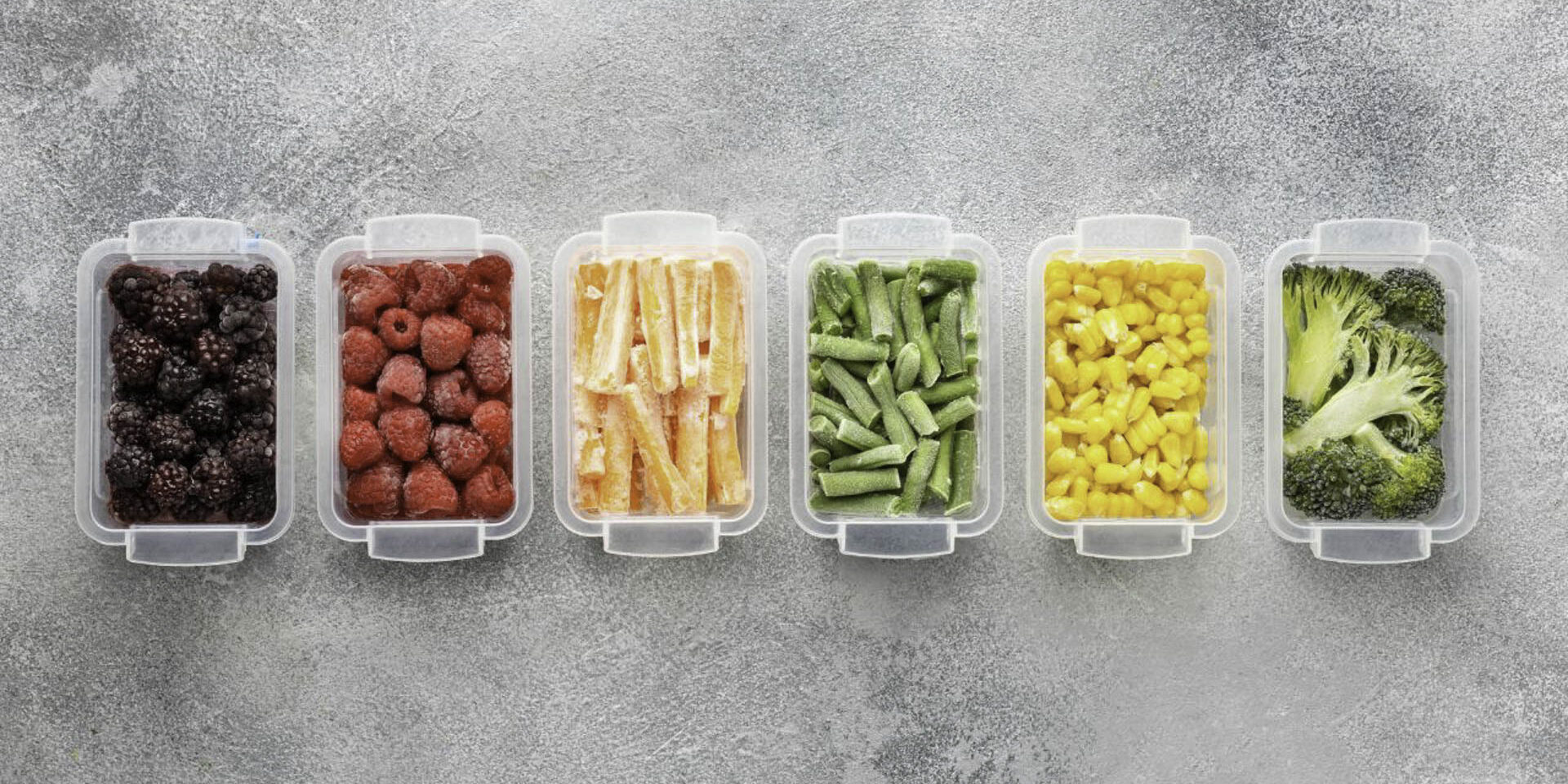Why you Should Avoid Calling Food “Good” and “Bad”
One common behavior I see as a speech and language therapist is parents labeling their babies food as “good” or “bad”. It is true that some foods are healthier than others but food is made up of a variety of properties. These include taste, texture, temperature, and appearance.
Usually when parents say a food is “bad”, they are talking about the nutritional aspect of foods… but there’s actually so much more to food.
Click here to learn more about why you should avoid labeling foods good or bad.
Taste and Textures of Different Foods
I’m a big proponent of teaching kids to like a variety of foods, including tastes and textures. One example of this is that I love teaching kids to eat Cheeto puffs. Why do I do this?! I do this because it is a strong flavored food, which kids tend to prefer. It melts in your mouth easily, is easy to hold and has a bright color. I like this food to train kids in eating as it has helpful properties for taste/ flavor and texture. However, it does not have helpful properties for nutrition therefore I do not recommend giving this to kids all the time. It is, however, a good option for teaching your baby about food in a descriptive and supportive language by saying “yummy flavor” “melty texture” or “less nutrition” instead of good or bad.

Nutritious Options
Another food I recommend parents give to their baby is avocado. This is a great food for nutrition but for many kids it doesn’t have the flavor or texture they like. Nevertheless, it is important to help kids learn to continue to expand their variety of food. This includes taste, texture, temperature, and appearance and to recognize that all food has “good” and “bad” properties to it. Keep in mind the helpful aspects of food and don’t get stuck with one type of food that you feed your child all the time. Your baby needs variety to ensure they are eating a well balanced diet.
Let Your Baby Taste Everything
Babies are born with a strong instinct to explore everything in sight — including foods. In fact, babies who are given a chance to taste new foods from an early age develop more adventurous and less picky palates as they grow up. So don’t be shy about letting your baby taste new foods — even if it’s something they don’t like at first. You can always try again later on!
Don’t Force Feed
Some parents worry that if they don’t force their child to eat all of their food, they’ll never learn how to self-feed. But forcing children to eat can lead them to reject healthy foods later on in life because they associate them with unpleasant memories of being forced into eating something they didn’t like or couldn’t tolerate. Instead of forcing your child to eat food they don’t want, try offering them another food.
Hire a Speech and Language Therapist to Help With Feeding Therapy
Food is fun, and it’s not good or bad. It can be delicious or bland, filling or unsatisfying, fattening or healthy. When we label food as “good” or “bad,” we’re robbing ourselves of the chance to learn about what food is really like.
If you are struggling to feed your baby, or have more questions, Nourishing Small Voices can help!
Let’s book a quick 10 minute consultation call to see if we are a right fit for you and your baby. Or you can get started by booking a coaching session here.
We look forward to helping you and your baby build a healthy bond with feeding therapy.







